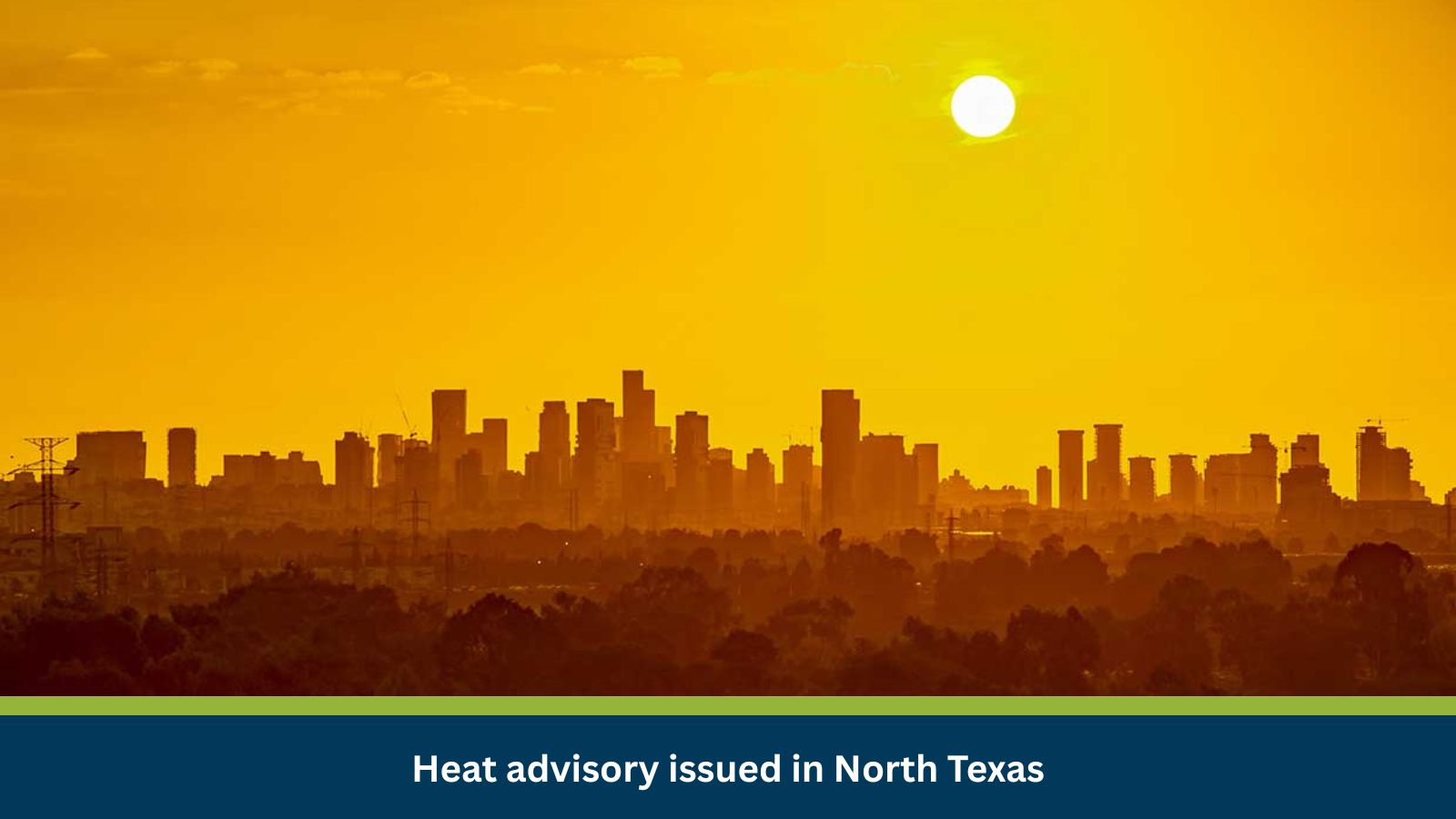What is Risk Analysis in context of Environment?
Environmental risk assessments evaluate how natural events like extreme heat impact people’s safety, critical infrastructure, business operations, and supply chains. They provide timely intelligence that helps organizations prepare for disruptions, mitigate operational risks, and ensure the welfare of staff and assets.
Executive Summary
- Date of Incident: 15 August 2025
- Location: North Texas, Texas, United States
- Risk Category: Environment
- Severity Score: 4/5
- Confidence Level: 90%
A heat advisory has been issued for North Texas, with triple-digit ‘feels like’ temperatures anticipated through Saturday, August 16. Based on historical patterns, similar heat advisories frequently persist for 3-5 days and can be upgraded to an Excessive Heat Warning. The peak severity is expected in the immediate 48-72 hours, potentially leading to increased strain on emergency services, heightened public health risks, and elevated pressure on the power grid.
Known Hotspots and Sensitive Areas
Sensitive areas include urban centers like downtown Dallas and Fort Worth due to the urban heat island effect. Outdoor worksites, elderly care facilities, schools, and areas with limited access to air conditioning are also highly vulnerable.
Impact on Transportation and Services
- People Safety: The heat advisory will likely lead to an increase in heat-related illnesses, hospitalizations, and fatalities, especially among vulnerable populations.
- Infrastructure & Utilities: The ERCOT power grid may experience strain, potentially leading to brownouts or localized blackouts.
- Business Operations: Businesses may face reduced outdoor worker productivity, increased cooling costs, and potential operational shutdowns.
- Travel & Mobility: There is an increased risk of vehicle breakdowns and minor road surface degradation.
- Supply Chain & Logistics: Deliveries may be delayed due to driver heat exposure limits and increased refrigeration requirements for perishable goods.
Recommended Actions
- Implement Mandatory Heat Stress Protocols: Enforce 15-minute hydration breaks every two hours and adjust work schedules to avoid peak heat.
- Proactively Monitor and Enhance Cooling: Monitor and enhance cooling for critical IT infrastructure and heavy machinery to prevent overheating and downtime.
- Adjust Supply Chain and Logistics Schedules: Reschedule non-critical operations to early morning or late evening hours.
- Establish Clear Communication Channels: Disseminate daily heat advisory updates and outline revised operational procedures to all staff. Inform key clients and vendors proactively about potential service adjustments.
Emergency Contacts
- Police: 749-4900 / 392-4200
- Fire Department: 670-4311
- National Emergency: 911
- Official Government Websites:
- Dallas County Health and Human Services: (214) 819-2000
- City of Dallas Office of Emergency Management: 311
- Texas Department of Transportation (TxDOT): (512) 463-8588
Final Thoughts
The baseline scenario anticipates the heat advisory remaining in effect, with temperatures persisting in the low 100s. A moderate escalation could see the advisory upgraded to an Excessive Heat Warning, extending into the following week. A severe escalation, though less likely, could result in a prolonged, record-breaking heatwave, pushing the ERCOT power grid to its breaking point and leading to a significant public health and infrastructure crisis. Businesses should prioritize employee safety and have robust plans to manage the strain on infrastructure and operations.
Stay ahead of operational risks with real-time alerts, scenario modeling, and expert advisories with datasurfr’s Predict. Start your 14-day free trial of Datasurfr’s Risk Intelligence Platform today.






